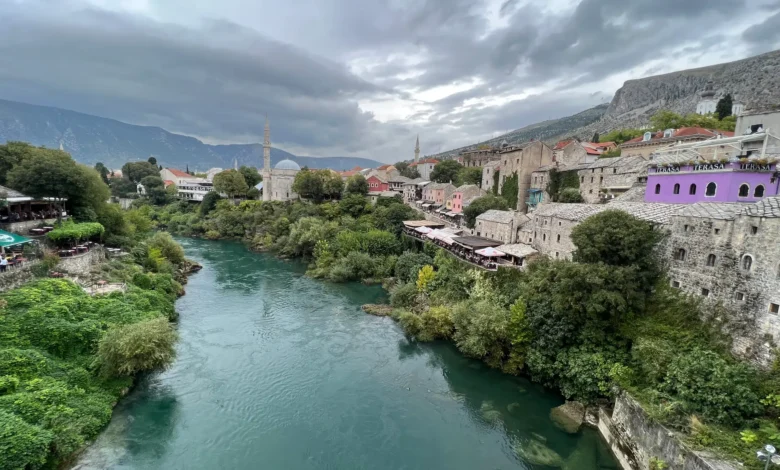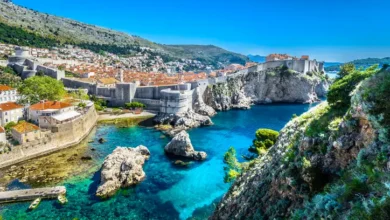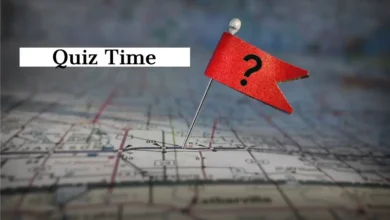A Bridge Between Worlds: Unveiling Bosnia’s Allure in One Day

The Bosnian War
The Bosnian War or “war within the war” (1992-1995) unstitched the multicultural patchwork in Bosnia & Herzegovina to reveal simmering ethnic and nationalistic discord.
The Horrors of War
Ethnic cleansing took place throughout the country, with horrific atrocities committed by all sides. Bosnian Serbs, exacting revenge for the sins of the Ottoman Turkish Empire, murdered thousands of Bosniak men and boys in the Srebrenica massacre near the Serbian border. Bosnian Croats raped and murdered Serbian civilians, and neighbors turned on neighbors. All sides committed war crimes, leaving a stain on European history after World War II. Many feared it would be the beginning of World War III, and some still worry that it may yet prove to be.
International Intervention
The US Clinton Administration found itself hamstrung over what to do during the early years of the War. As criticism over Washington’s indecisive Bosnia policy mounted, the US considered air strikes against the Serbian aggressors and arming the Bosnian Muslims. President Clinton was ambiguous, but interestingly, US President Joseph R. Biden Jr., then a Democratic senator from Delaware in the Clinton Administration, favored air strikes. Adm. David Jeremiah, Vice Chairman of the US Joint Chiefs of Staff, argued against them, warning of civilian deaths. France and Britain feared that allied military action would inflame the situation. Eventually, a NATO bombing campaign was launched in July 1995, which led to a cease-fire and a set of constitutional principles for a single Bosnian state.
The Dayton Accords
The War ended on November 21, 1995, with the Dayton Accords, a fragile peace agreement that established a power-sharing government but left deep ethnic divisions. It was brokered by the US and signed by the Bosnia, Croatia, and Serbia presidents. Under the accord’s terms, Bosnia & Herzegovina remains a single state with three separate self-governing regions: the Federation of Bosnia and Herzegovina (the Bosniaks and Croats), the Republika Srpska (the Bosnian Serb Republic) and the Brčko District (a symbolic nod toward multi-ethnic roots after ethnic-cleansing rid all but Serbs from the area). Sarajevo is the capital of Bosnia & Herzegovina. Mostar is the traditional capital. The UN Security Council unanimously authorized a multinational military implementation force on December 15, 1995, to ensure compliance.
The War’s Aftermath
More than 100,000 people died in Bosnia & Hercegovina during the War, higher than anywhere else in the fighting that ensued in shattered Yugoslavia. Mostar saw as many as 2,000 people killed. Bodies were left where they fell because of fear of snipers in the steep hills above the town. The casualties included 12 mosques, several churches, and the historic Stari Most bridge in Mostar. Millions of people were maimed and displaced. The UN General Assembly was expected to review a draft resolution declaring the Srebrenica massacre of 8,000-plus Bosniak men and boys by Bosnian Serbs a genocide on May 2, after this post was published. The Republika Srpska parliament adopted a resolution on April 18, denying the killing in Srebrenica was a genocide. The separatist president of the autonomous region represented by the Republika Srpska, Milorad Dodik, admits the deaths were a mistake but not a genocide.
Source link



